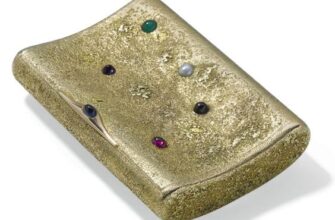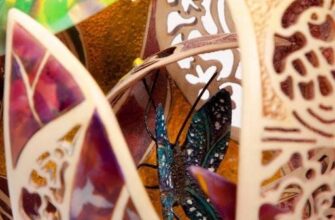Magnificent jewelry with pendants, modest carnations, eye-catching hoop earrings, bright ear cuffs made in different designs. Nowadays, any kind of ear accessories are relevant, but this was not always the case. Let's see what significance these pieces of jewelry had in different periods of time.
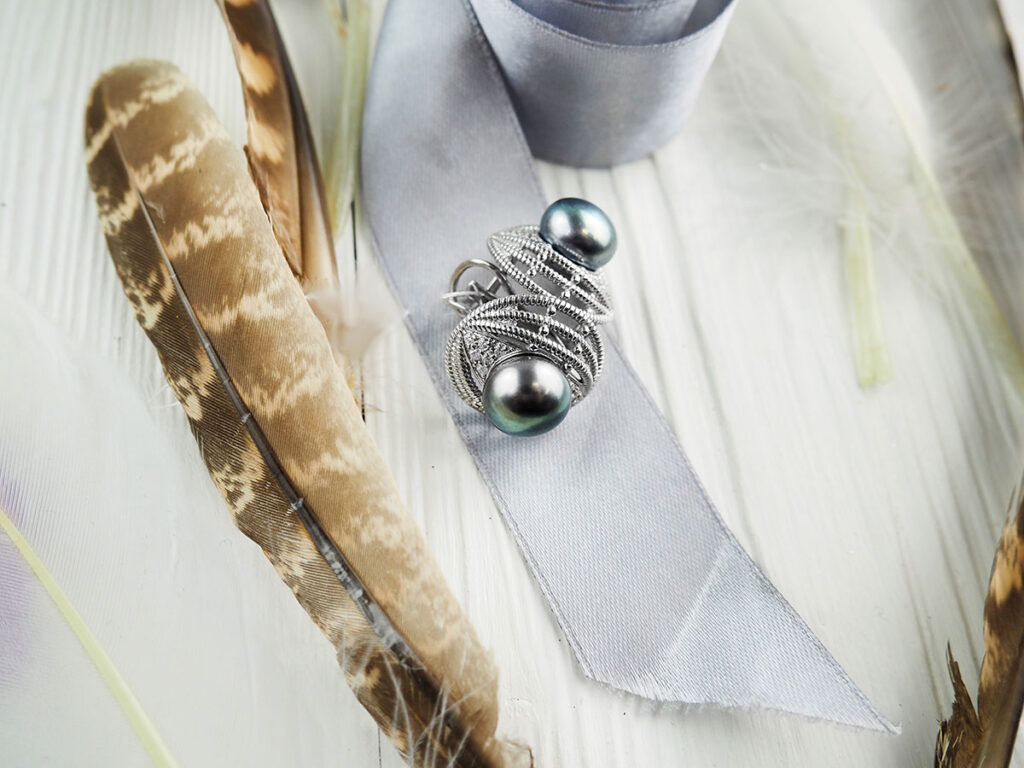
Of course, there is no exact date for the creation of ear jewelry. In primitive tribes, earrings played the role of ritual and totemic attributes; they were made of bone, wood, and stone. Having mastered working with metals, people began to make amazing jewelry with complex patterns, weaving from gold threads, and chasing.
Antiquity
Surprisingly, in ancient times, earrings were predominantly male jewelry. In Assyria, Babylon, Persia, it was the representatives of the stronger sex who wore them. In Egypt, earrings belonged only to people of high status, indicating class affiliation.
Often, craftsmen embodied the motives of religious cults in metal - images of animal gods, talismans, that is, the decoration was a talisman. It is interesting that even today jewelers turn to the natural theme, choosing animal figurines or floral ornaments for decorating earrings.

Antiquity
In antiquity, ear jewelry was also popular, gold was in use - representatives of the nobility sought to demonstrate their wealth in this way. Greek women preferred rich floral decor, massive disc earrings with pendants - when moving, these elements made a melodic ringing.
The inhabitants of Rome valued earrings with precious stones and pearls, while the products themselves were distinguished by simple clear forms. A woman often put on several earrings at once, so that others would pay attention to her well-being. And only slaves wore an earring in one ear so that they could be distinguished from free citizens.
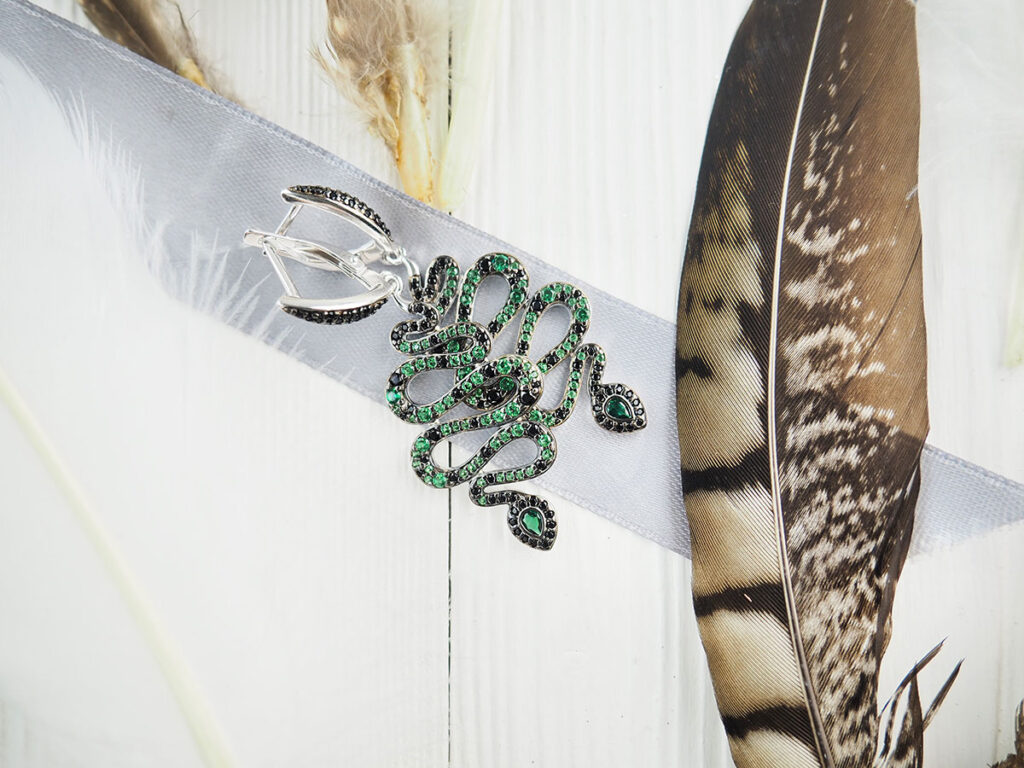
Renaissance
After the "dark" Middle Ages, when personal jewelry was not favored, and only marginal people were not afraid to wear earrings: pirates, thieves and robbers, the time for the heyday of culture came - the Renaissance. Pearls, stones, pendants are back in fashion, the marine theme is popular. Men, including monarchs, also wear earrings, although their jewelry is much more modest than women's.
After the opening of the sea route to India and other eastern countries, precious stones were supplied to Europe in large quantities, jewelers competed with each other in the art of creating jewelry with gems and diamonds. Many people wanted to have beautiful earrings, so inexpensive jewelry with fake pearls, glass instead of diamonds appeared, they were very skillfully made.
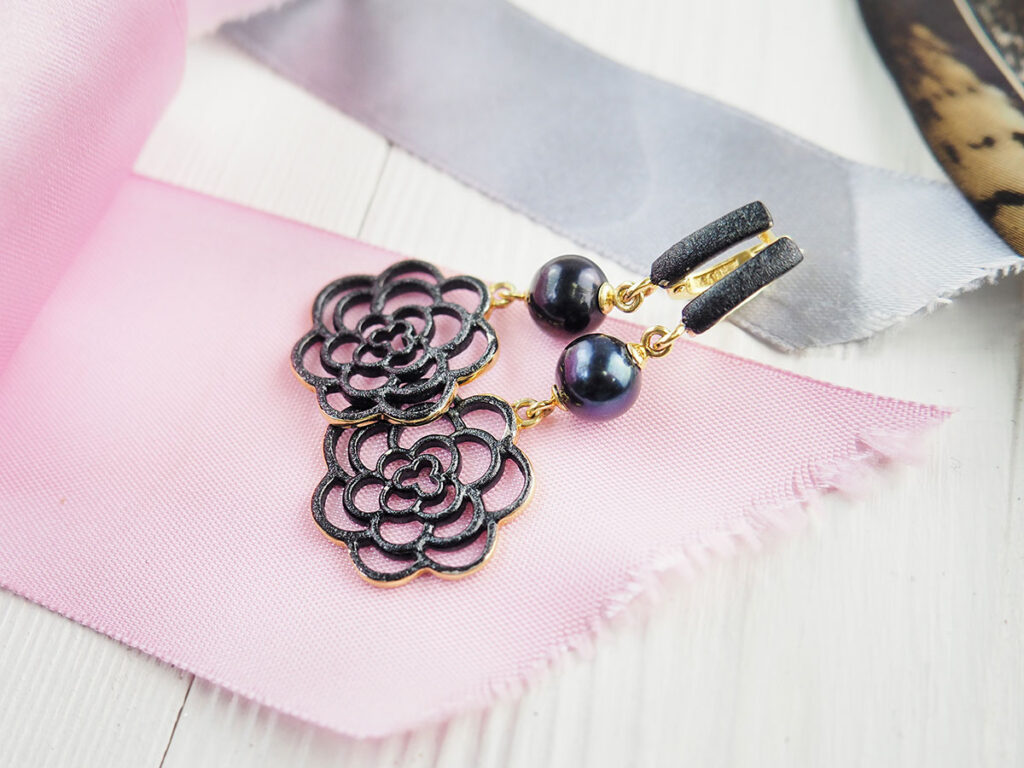
Baroque and Rococo
The opulent baroque style with an abundance of stones and rich decoration brings the cult of luxury to the fore. Among the favorites of the ladies of that time were “chandelier” earrings, that is, hanging chandelier earrings, as well as “girandoles” - in shape they resemble a candlestick or a fountain with several jets. These triple-pendant diamond-studded pieces were extremely popular, although they were inconvenient - they were heavy, so they were worn for going out. By the way, there are such girandoles in the jewelry collection of Queen Elizabeth II.
The decorations of the Rococo period, on the contrary, were refined and airy, the object of dreams of fashionistas of that time - “brioleise” earrings with pendants in the form of drops and stars - shimmered beautifully in the light when walking. Today, many jewelry houses produce similar products.
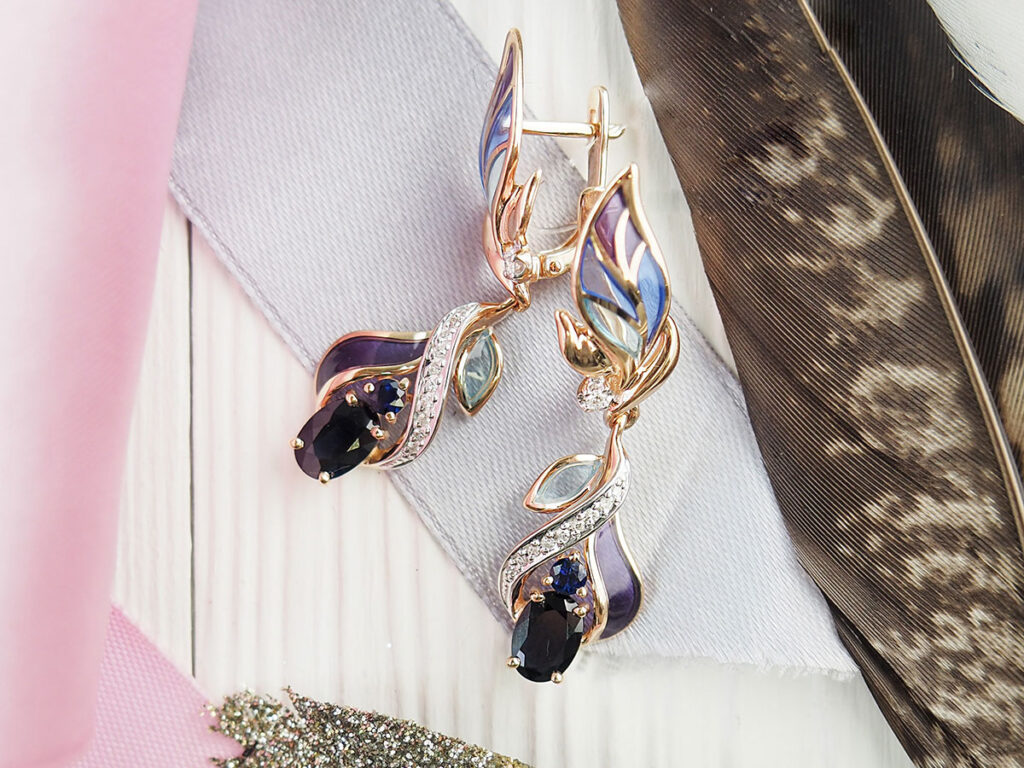
Classicism
The abundance of "massive" jewelry at the end of the XNUMXth century was no longer considered good form, a return to calm antique motifs was welcomed. European and Russian aristocrats wore earrings with gems and cameos, filigree, and after the Napoleonic wars, women preferred openwork cast iron products, first as a sign of mourning, then to express patriotism - jewelry was handed over for army needs.

In the XVII-XIX centuries, earrings for men become a rare decoration, they begin to play a different role - to be a symbol. Following the example of English sailors, Russian sailors put an earring in their earlobe - only those who crossed the equator or Cape Horn could wear it. Some warriors also wore one earring: in Russia they were representatives of princely families and noble families, centuries later - hussars and Cossacks. According to Cossack custom, the ring in the left ear was worn by the only son in the family, in the right - the last man in the family; by the presence of earrings, the commander determined who to send into battle.

